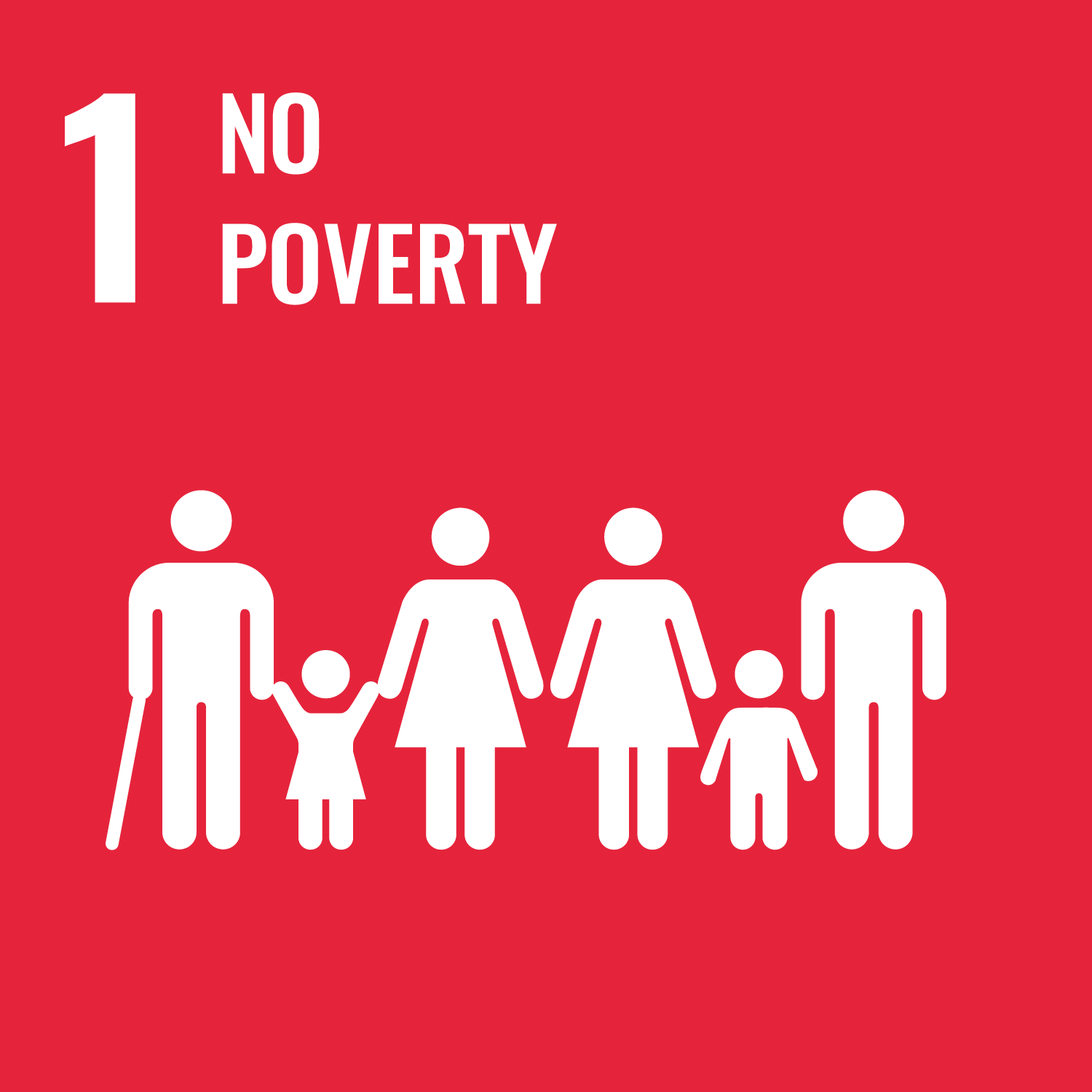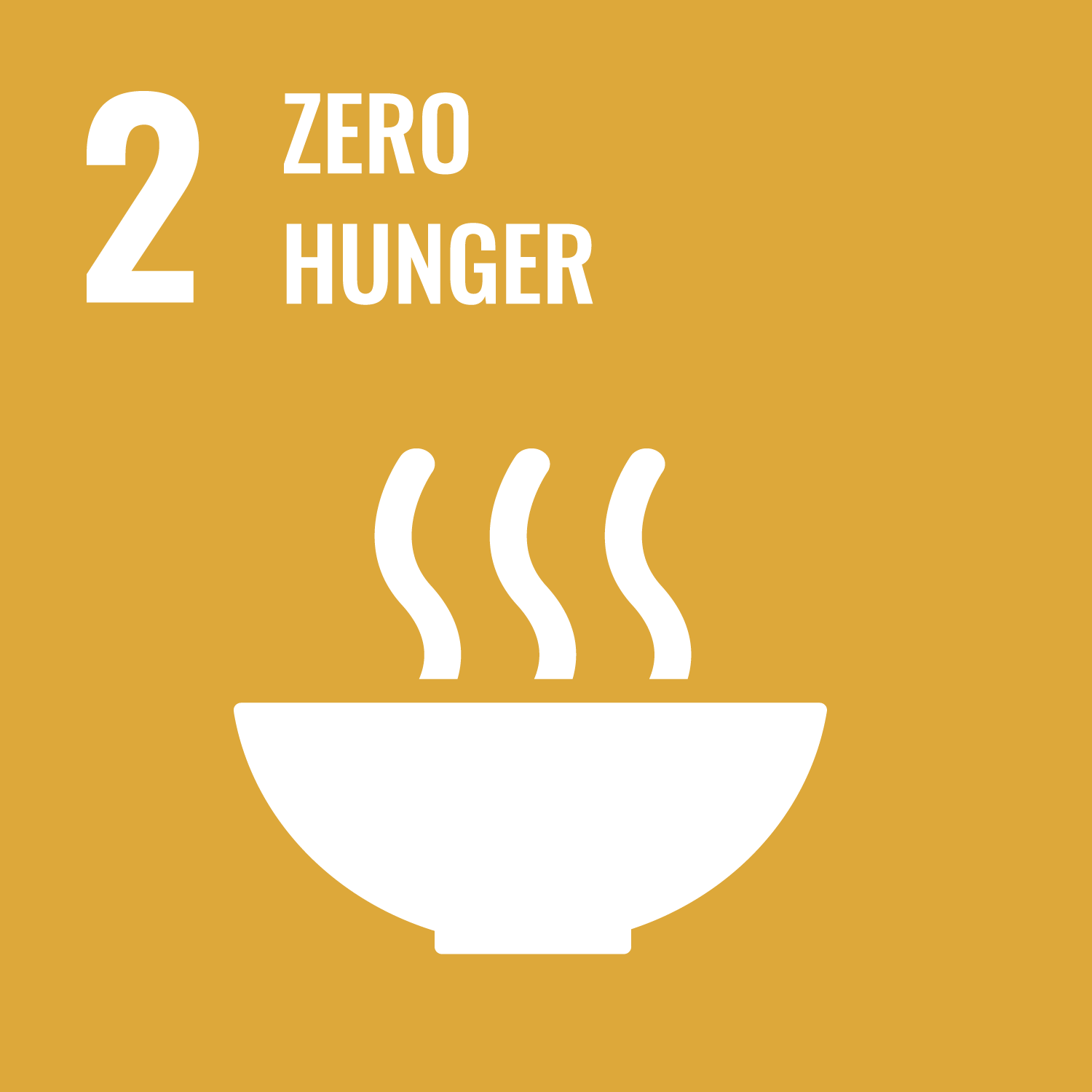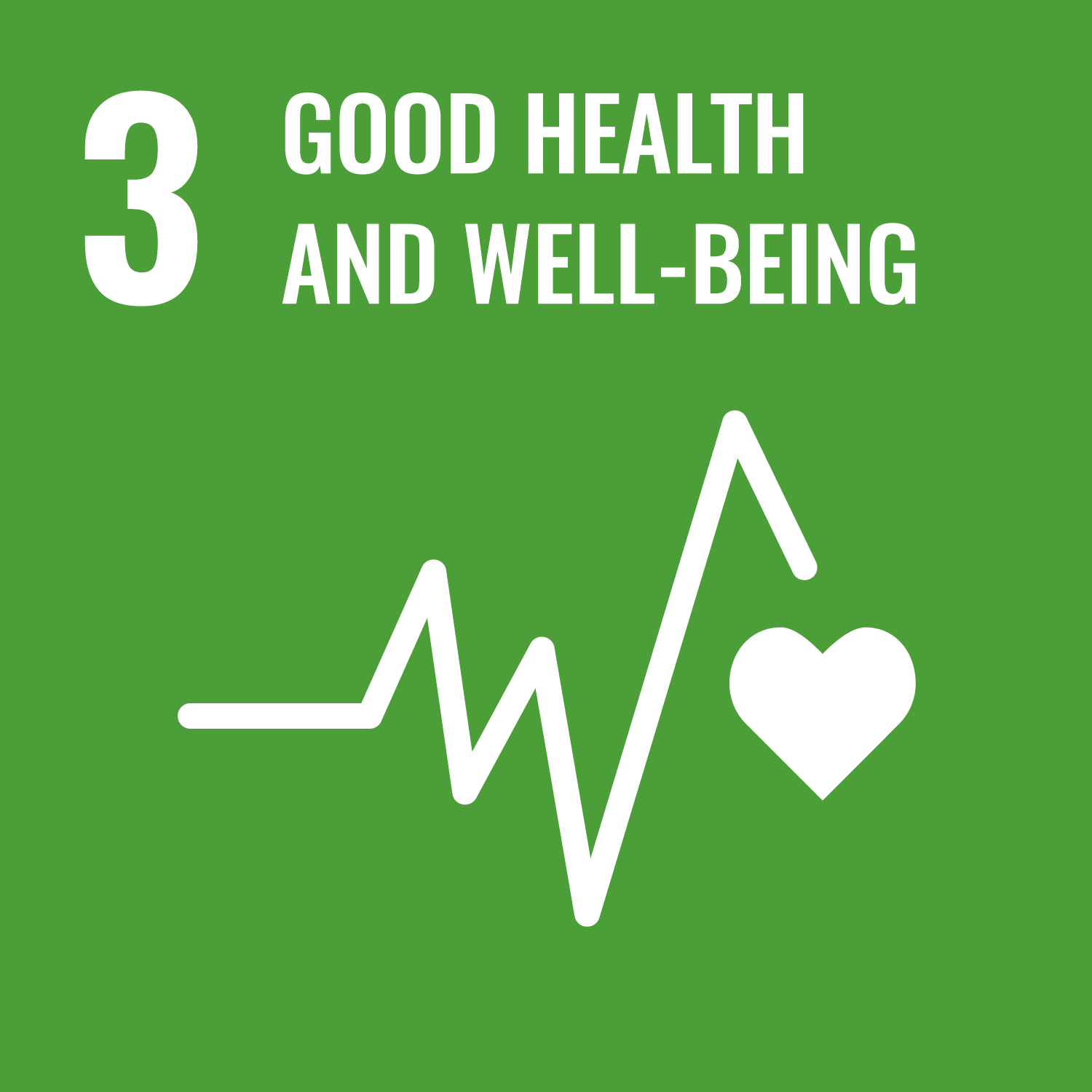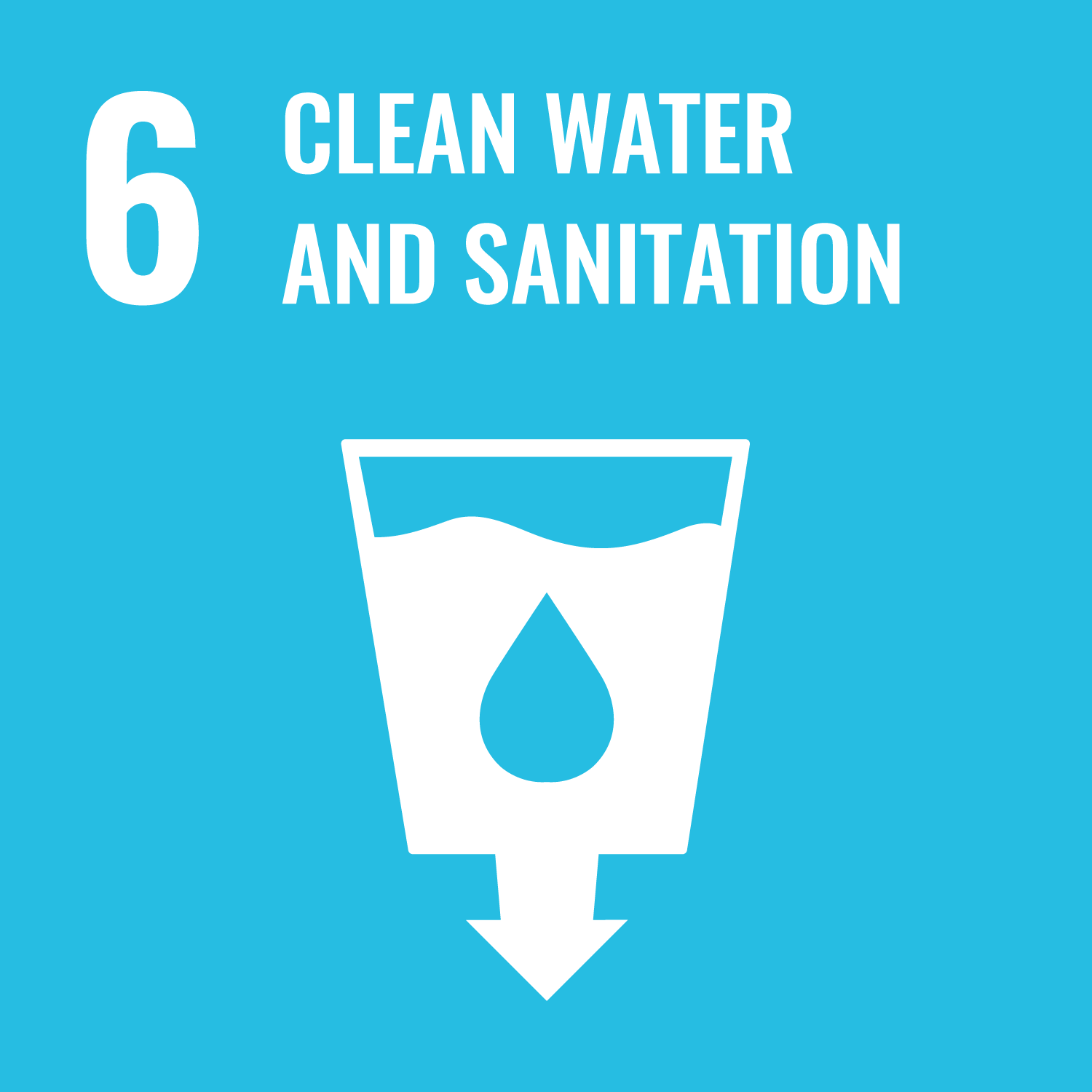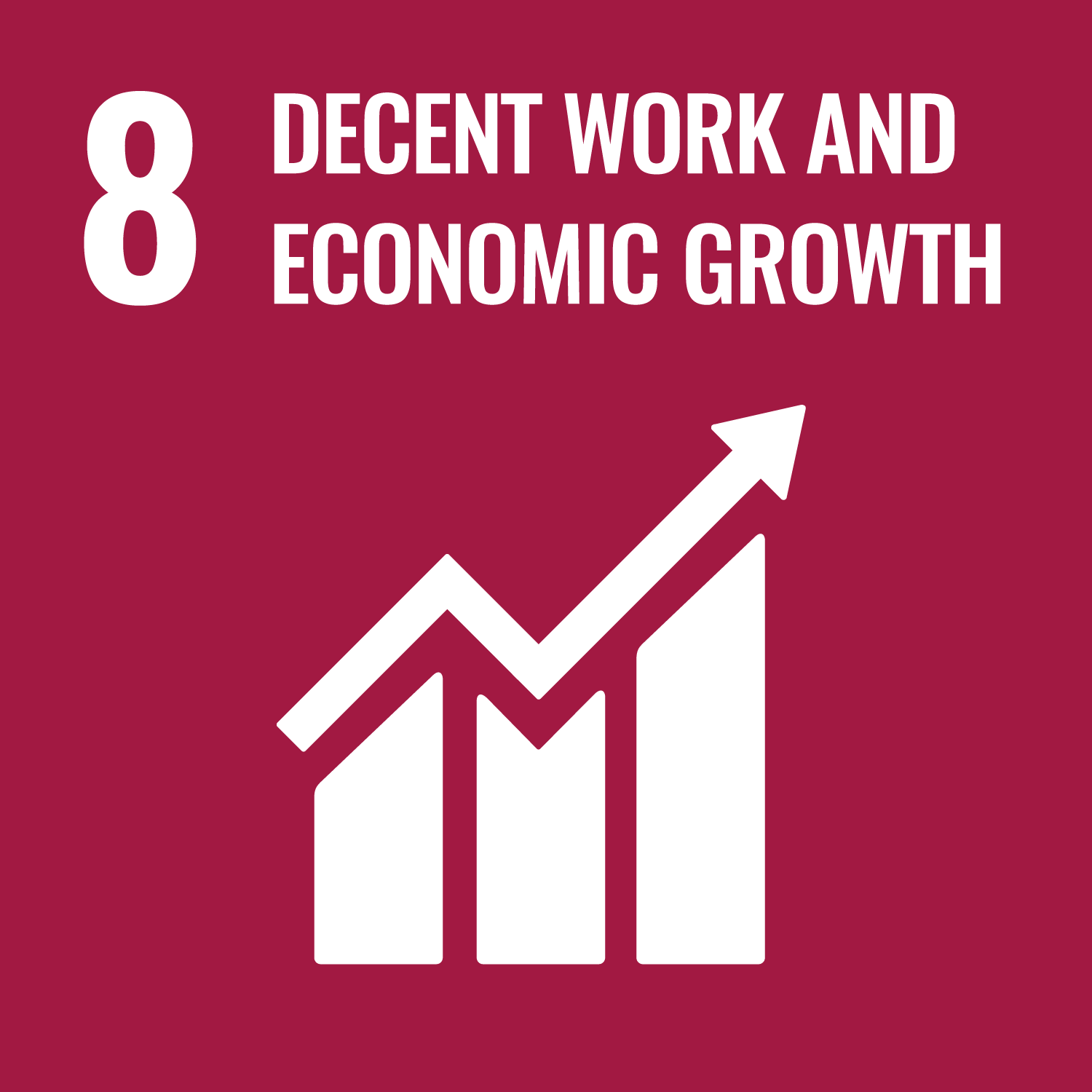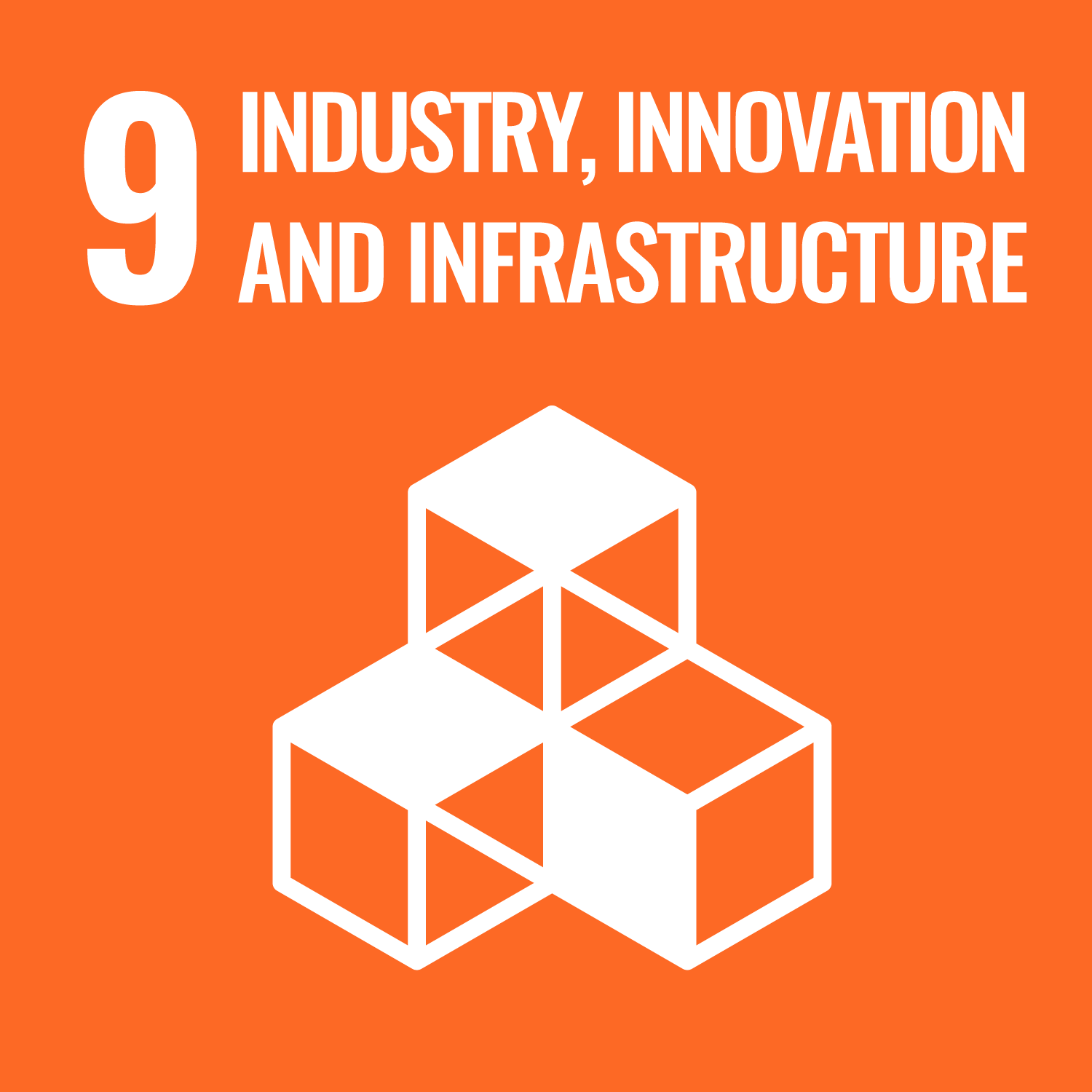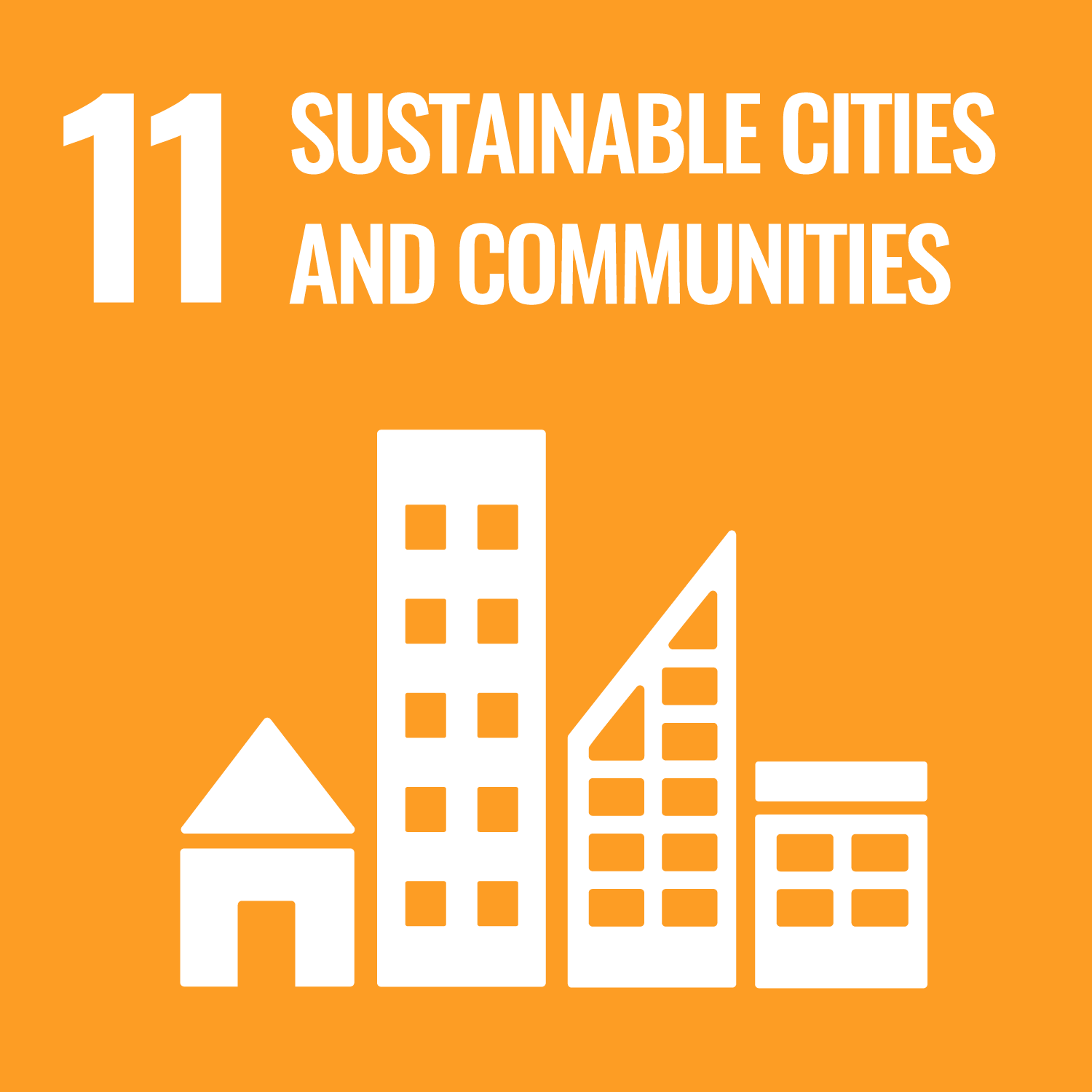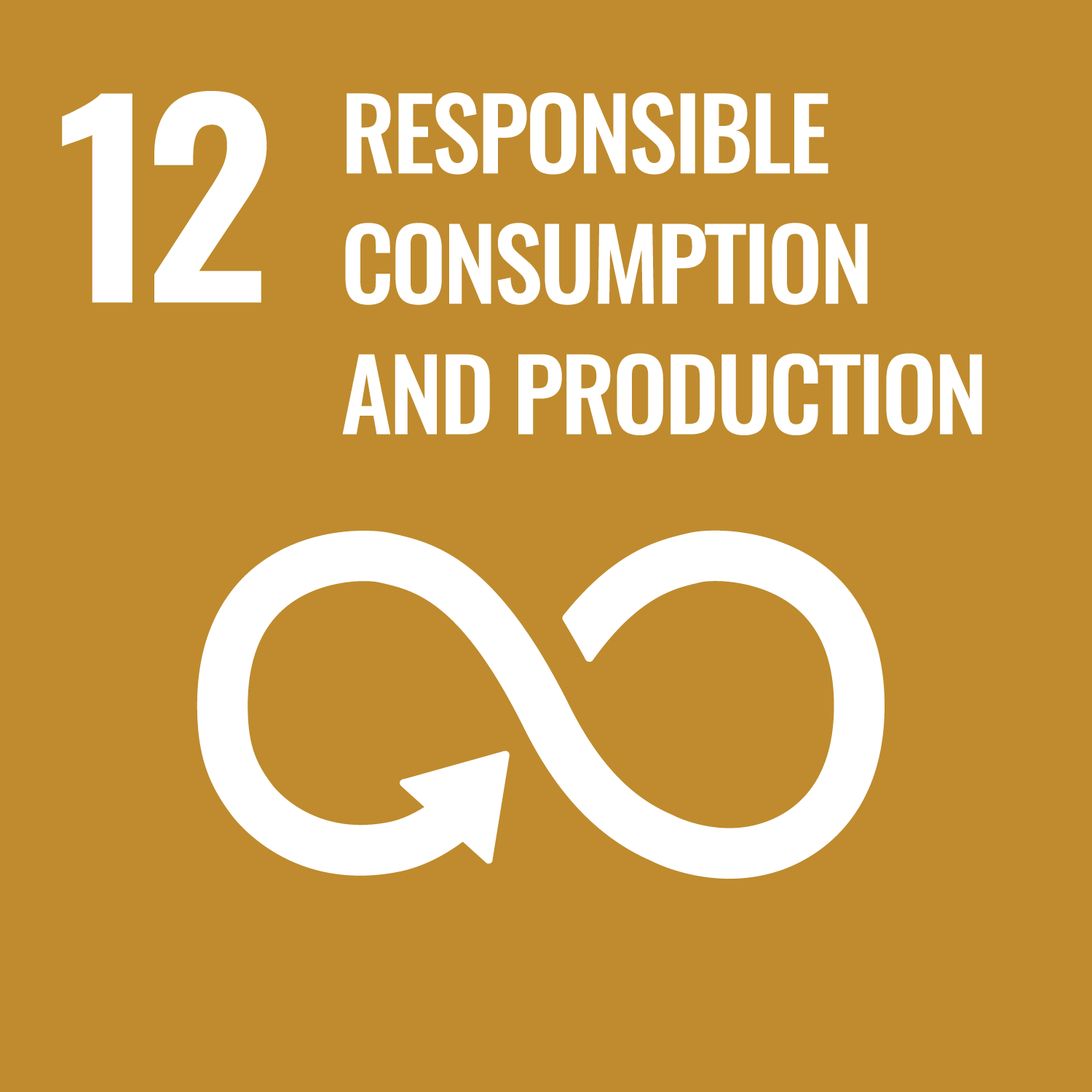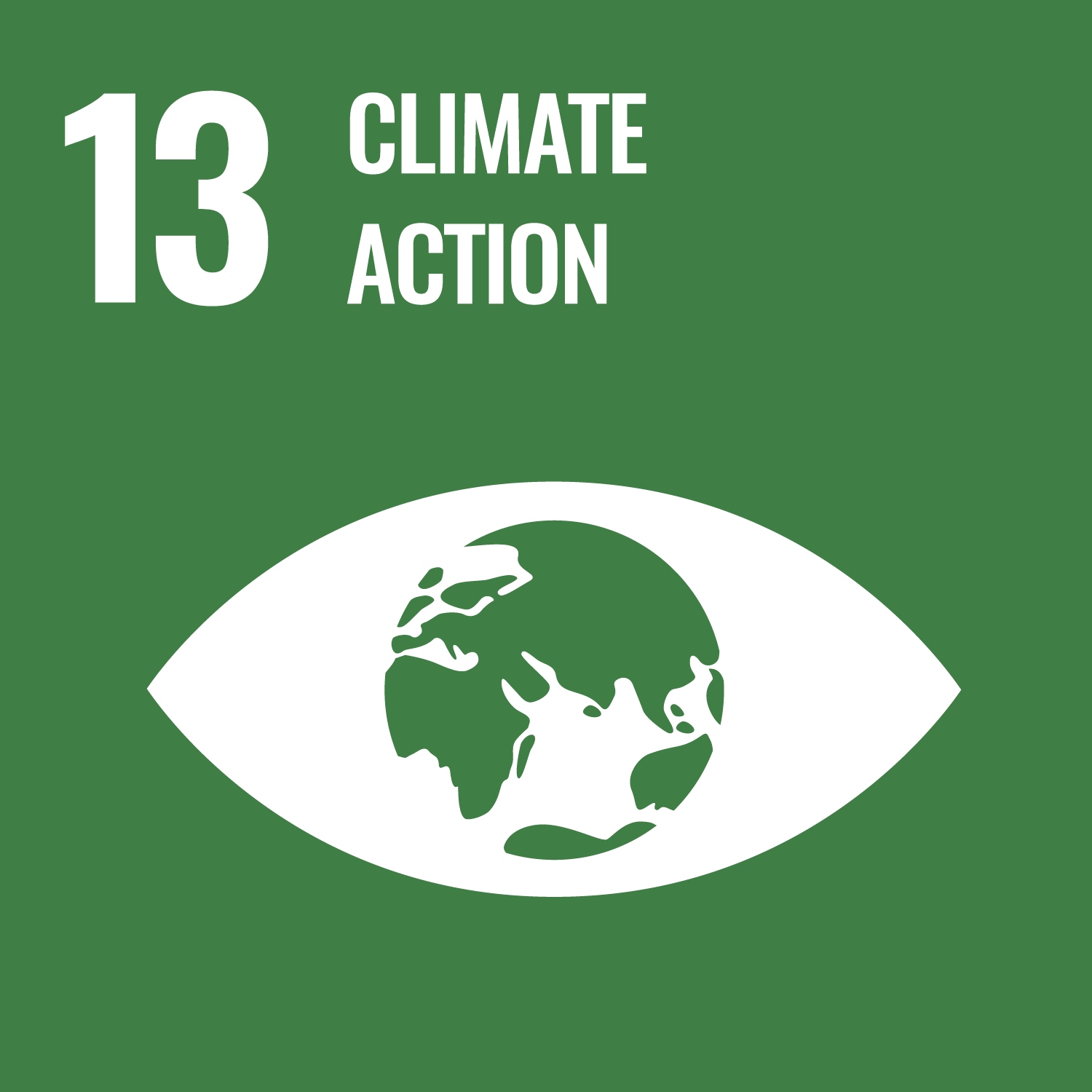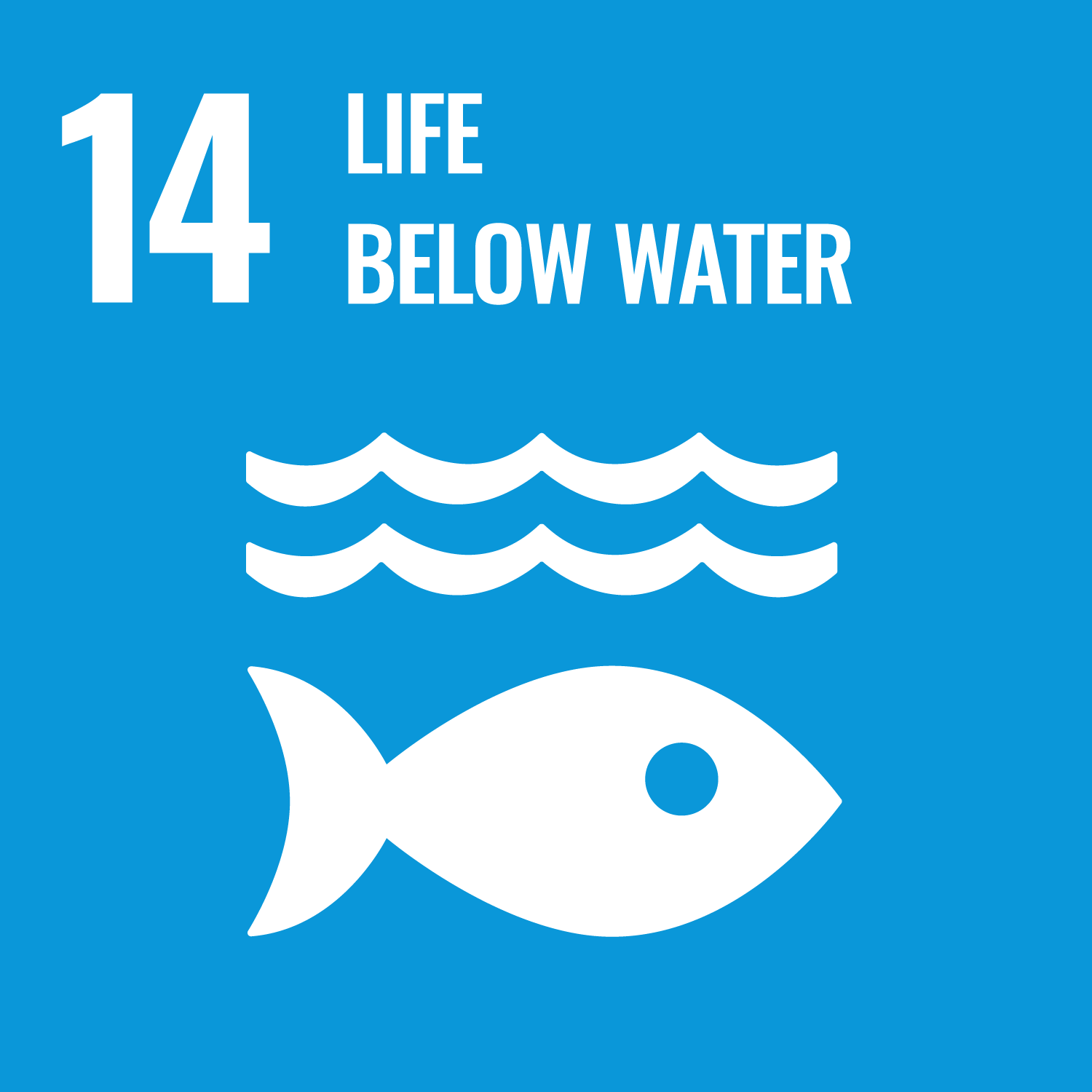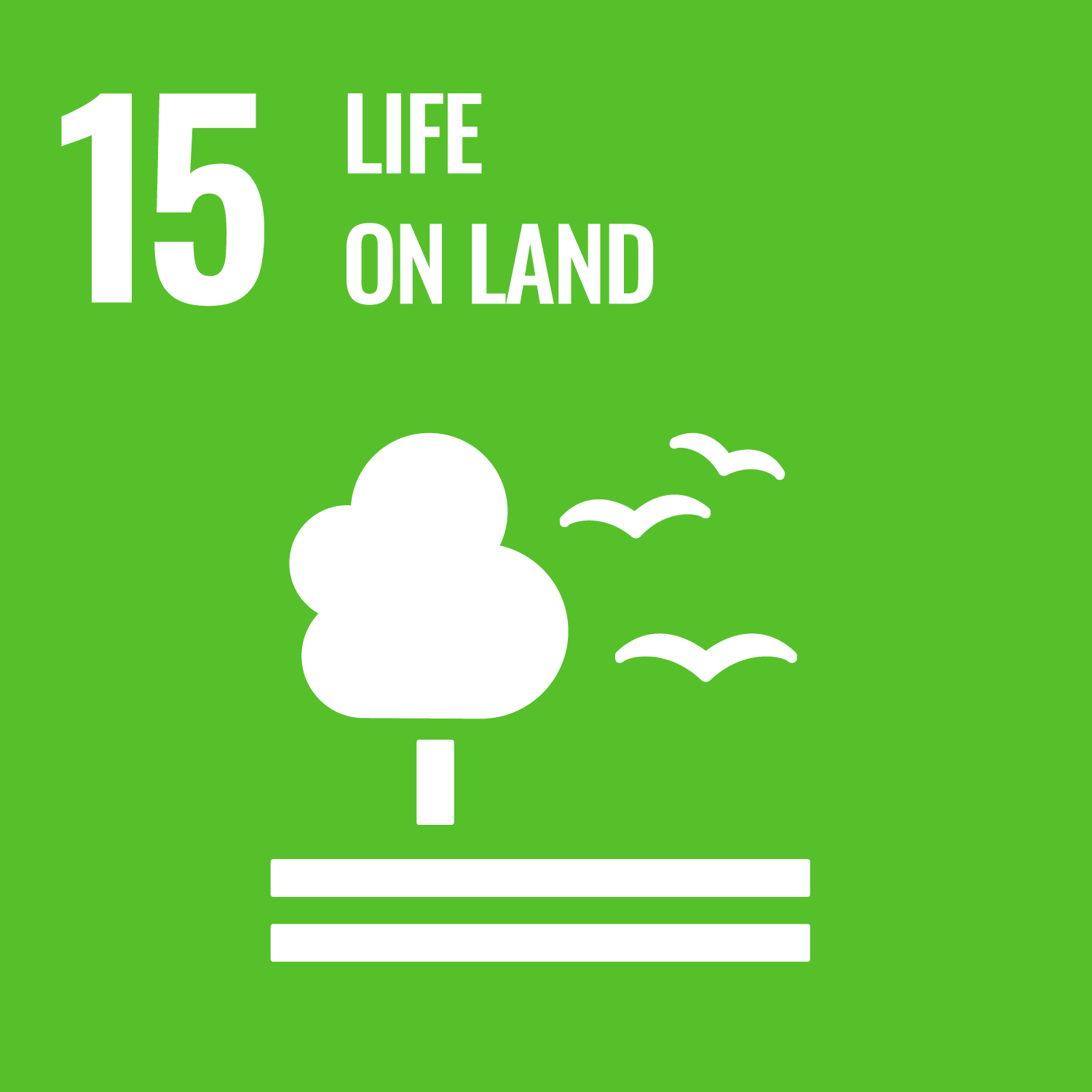
Dollar Donation Club
Organization
Sungai Watch
Stopping ocean-bound plastic in rivers
🛡️ High Trust Rating
🧐 Low Risk Rating

Integrated Impact ScoreVetted By
Return On Donation
$1

Expert Consensus
A cost-effective way to prevent plastic from entering the oceans, with creative ways of engaging communities and brands to take action on plastic waste.
Snapshot
The Problem
11 million tons of plastic waste enters the ocean every year, killing millions of animals annually. 80% of ocean plastic pollution enters the ocean via rivers and coastlines.
The Solution
Sungai Watch's river barriers stop plastic pollution from going into the ocean, while raising local & global awareness about the problem.
Impact to Date
Collected more than 861 tons of plastic with 173 river barriers.
Organized more than 342 community cleanups, engaging people to clean up mangroves, beaches, and illegal dump sites.
Presented a brand audit (of collected waste) to Indonesia’s biggest corporate plastic polluters, at a meeting convened by the Indonesian government.
(As of December 2022)
Location of Impact
Indonesia (Bali and Java)
Impact Per $1
$1 = ⅔ kg (1.5 lbs) of ocean-bound plastic removed from Indonesia’s rivers
Proof of Impact
Photos, videos, or audio updates; plastic collected is also weighed daily at every river barrier (or cleanup site).
Time to Realize Impact
6-12 months
Fund Usage
Donations will cover staff salaries (to collect plastic from barriers and clean/sort the waste), community engagement activities (e.g. cleanups), admin costs, and sorting facility set-up.
Will it actually make a difference?
Sungai Watch focuses on removal of plastic pollution in rivers before it reaches the ocean. This is an extremely effective approach; scientists found that 80% of ocean plastic waste enters the oceans via rivers and coastlines and most of it is distributed by about 1,600 rivers. 130 of these rivers are in Indonesia, and Sungai Watch has plans to tackle half of them with 1,000 plastic-stopping barriers.
At the same time, Sungai Watch is committed to cutting plastic pollution off at the source by engaging communities and encouraging better waste management.
How is the donation used?
Each dollar removes 0.66 kg (1.5 lbs) of ocean-bound plastic from rivers. This includes sorting and treatment of the waste.
A full campaign of $150,000 will remove over 100 tons of plastic and fund the creation of waste collection and processing facilities in a new village. This will sponsor the village to set up 15 river barriers and 1 sorting facility, run weekly community cleanups and monthly community outreach sessions, and collect 100 tons of plastic over the course of a year.
DDC's Favorites
Brings people together to help tackle the plastic pollution crisis, inviting in the government, big brands, and local communities to move the needle on the problem.
Use brand audits to call out the big brands that are driving the plastic pollution crisis, while engaging them in productive ways that help them take action.
An extremely agile, experimental, and creative leadership team, who are deeply connected with the communities they work in.
Their stunning art installations designed to shift awareness around plastic waste!
Key Drawbacks
Sungai Watch currently sends any plastic that can’t be recycled to landfill. This means there is a small risk of it re-entering the environment. Read more here.
They are a relatively new organization (founded about two years ago).
There’s an opportunity to add more operational transparency with 3rd-party verification.
Fund Usage
Donations will cover staff salaries (to collect plastic from barriers and clean/sort the waste), community engagement activities (e.g. cleanups), admin costs, and sorting facility set-up.
Integrated Impact Score
Effectiveness
80%Transparency
80%Track record
60%Measurability
96%Wisdom
90%Impact Innovation
95%Impact Stack
4.5Expert Vetters
Individual Questions
The Context
About Ocean Plastics
We have a plastic pandemic.
Plastic makes life super convenient for humans, and super inconvenient for everyone else in the ecosystems of planet earth.
At least 8 million tons of plastic enters the oceans annually. Marine animals ingest or are entangled by plastics, which causes severe injuries and deaths. Over 650,000 marine animals are killed annually by entanglement.
The issue of Ocean Plastics can be looked at in 5 large categories:
1. Manufacturing & consumption (the root issue)
2. River pollution (feeding into oceans)
3. Coastal pollution
4. Ocean Macroplastics (big stuff)
5. Ocean Microplastics (small stuff)
6. Recycling & Reuse
Manufacturing & consumption
Humanity has generated over 8.3 billion tons of plastic over the last 6 decades, and it’s estimated that 91% of that isn’t recycled. At the same time, it takes over 400 years for those plastics to break down.
To get to the root of the issue, manufacturers, companies and consumers must confront the reality that a paradigm shift is needed at the root.
River pollution (feeding into oceans)
Rivers transport between 0.47 million to 2.75 million metric tons of plastic into the ocean every year. 80% of ocean plastic pollution comes from land-based sources, and rivers are the main way that this plastic gets transported out to sea. Less than 2,000 rivers are responsible for 80% of all the plastic that rivers release into the ocean.
Coastal Pollution
A less significant portion of ocean plastics drift from waste sites toward coastlines and ultimately end up in the ocean.
Ocean Macroplastics
The big stuff in the ocean is primarily abandoned fishing gear (up to 70% of all surface plastics are fishing gear). These “Ghost Nets” roam the ocean killing over 650,000 marine animals annually, destroying reefs and transmitting diseases between reefs (source).
Ocean Microplastics
Mid-ocean microplastics are easily the most challenging and difficult aspect of this challenge to tackle. These are plastic particles less than 5mm in length, and include microfibers from clothing, microbeads and plastic pellets (source). Macroplastics (like Ghost Nets) also eventually break down into microplastics over time.
Additional Data & References
About
We’re levelin’ up philanthropy!
The Dollar Donation Club Integrated Impact Score was designed to ensure that the world’s most powerful and holistic solutions are presented to our members. The goal is to identify acupuncture points of change – solutions that create maximum positive benefit using minimal resources, while triggering a large cascade of additional benefits.
More importantly, the Integrated Impact Score embodies our approach of smart-philanthropy.
It’s not enough for us to give with only our heart. We must also give intelligently – identifying solutions that address root causes, generate outsized measurable outcomes, integrate holistically into existing communities, consider long-term impacts, reduce the risk of unintended consequences and lead to self-reliant capabilities rather than co-dependencies.
It’s time for us to focus less on things like “overhead ratios” and more on the total, holistic positive result per dollar. Oh yeah, and it should be fun!
We believe that the best solutions...
- Solve root-causes rather than symptoms.
- Consider their impact 100 years into the future.
- Produce massive impact efficiently.
- Care for people and planet holistically.
- Leverage nature’s and humanity’s best technologies.
- Are radically transparent – financially and operationally.
- Are resilient against threats of reversal.
- Result in self-reliance, rather than dependence.
- Clearly understand total costs to achieve outcomes.
This vetting methodology was designed with careful care to identify these solutions.
How we calculate the Integrated Impact Score:
Individual Dimension Score
The scores for each individual dimension (e.g. Transparency, Measurability) are calculated by adding up the total points (1-5) per section and dividing by the total possible points for that section.
Impact Stack
The amount of points awarded for the Impact Stack section is based on an assessment of how directly or indirectly and effectively or ineffectively the solution addresses a particular Sustainable Development Goal, using the SDG indicators as a guide. Impact Stack is treated like a bonus of points by adding up the total Impact Stack score and dividing by 10 (i.e. every 10 points gives a bonus of +1 to the final IIS score).
Overall Integrated Impact Score
The overall Integrated Impact Score is calculated by averaging the total scores received in each of the Individual Dimensions (e.g. Transparency, Measurability, etc.). We then add the bonus points awarded by the Impact Stack. Overall scores are rounded up to the nearest integer at 0.5 (e.g. if a score of 94.5 is calculated, the final score will be 95, if a score of 94.4 is calculated, the final score will be 94).
Vetting methodology 02.01 | Published 01.16.2023 | This report's change log is here.


100% of contributions go to the Dollar Donation Club Fund, a wholly owned subsidiary of Legacy Global Foundation Inc, a public 501(c)3 charitable organization.
© Dollar Donation Club 2025
